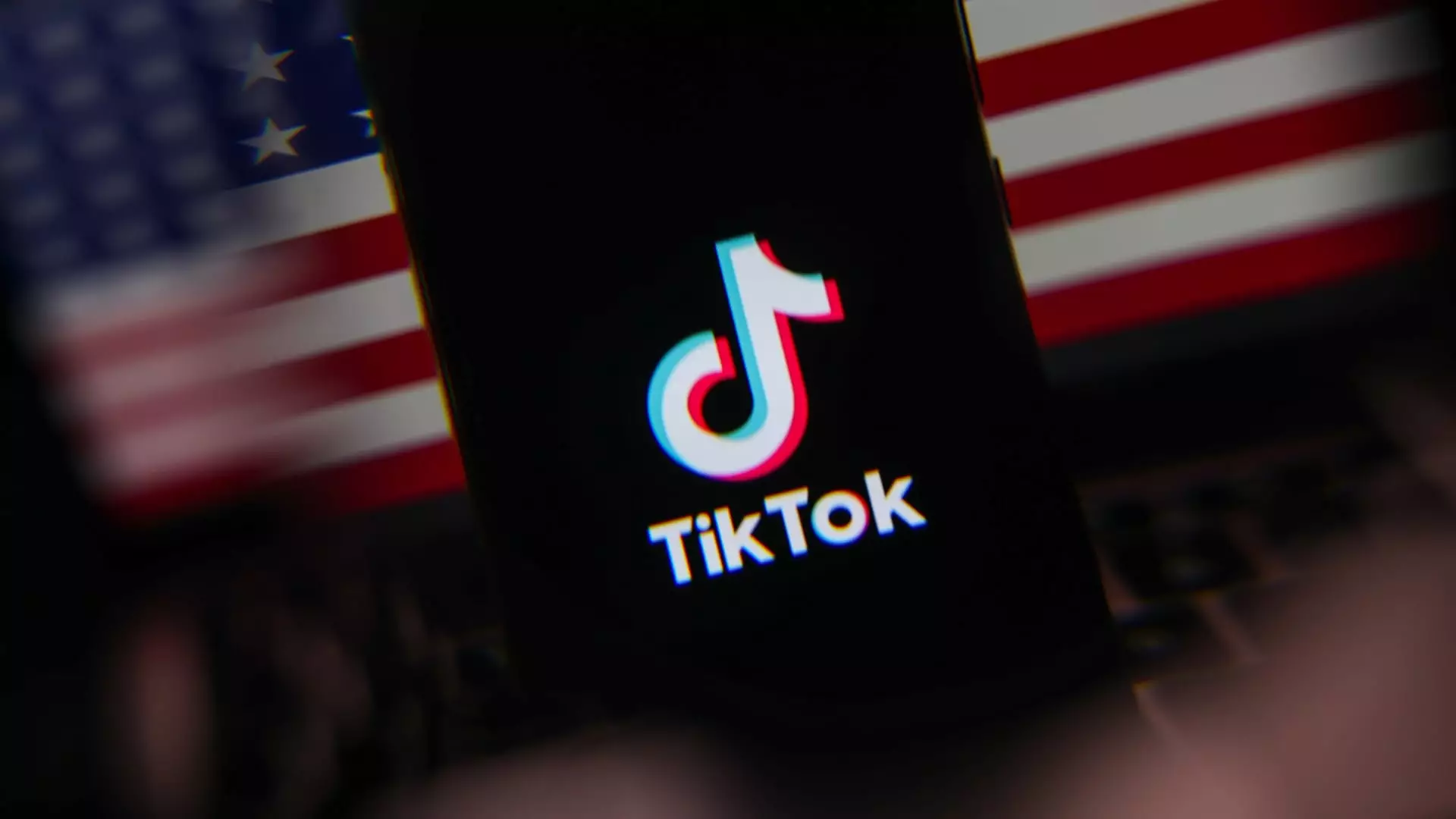In the evolving landscape of digital platforms, TikTok has become a lightning rod for controversy, intertwining social media, national security, and legislative responses. Originally removed from the Apple and Google app stores on January 18, the Chinese-owned platform found itself embroiled in a compliance struggle with a national security law that posed serious implications for its operational future in the United States. This law, enacted swiftly following its announcement, mandated that ByteDance, the parent company of TikTok, either divest its U.S. operations or face a comprehensive ban.
The ramifications of the Protecting Americans from Foreign Adversary Controlled Applications Act directly impacted how tech giants like Apple, Google, and Oracle approached their responsibilities regarding TikTok. The threat of significant penalties for these internet service providers acted as a catalyst for compliance, leading to TikTok’s initial removal. The legal entanglement surrounding TikTok raises critical questions about governmental oversight in digital spaces, particularly regarding privacy, data protection, and First Amendment rights. TikTok’s assertion that the law infringes upon the rights of its vast user base—over 170 million users in the U.S.—highlights a complex intersection of individual freedoms and national security imperatives.
The Supreme Court’s decision to uphold the Biden administration’s stance underscores a growing recognition of national security concerns associated with foreign-controlled applications. In a statement that reinforced the government’s position, the court suggested that the legislative measures taken were a necessary response to potential threats posed by TikTok’s data collection practices. However, TikTok has repeatedly challenged these assertions, framing the legal actions as an infringement on digital rights and free speech.
In a dramatic turn of events, TikTok announced plans to cease its operations in the United States if the government did not step in. The app’s eventual return to the app stores was a consequence of political maneuvering, including President Donald Trump’s intervention. By extending the compliance deadline and discussing the possibility of a joint ownership structure, Trump sought a middle ground that could allow TikTok to continue operating while addressing security concerns.
Despite facing significant regulatory scrutiny and the app’s temporary absence from major app stores, TikTok exhibited remarkable resilience. According to data from Cloudflare Radar, the platform managed to recover approximately 90% of its pre-ban traffic shortly after it restored its availability for downloads. This swift recovery indicates not just the app’s popularity but also the challenges regulators face in managing platforms with deeply embedded user bases.
As TikTok continues to navigate a tumultuous regulatory environment, the platform’s future remains uncertain. The interplay between maintaining user engagement and adhering to national security laws will likely shape the next phase of TikTok’s saga in the U.S. Understanding how this balance is achieved could serve as a critical benchmark for other international applications facing similar scrutiny. As the dialogue around privacy and security evolves, the implications of TikTok’s journey will resonate beyond social media, influencing future policies surrounding tech and user data in an interconnected world.

